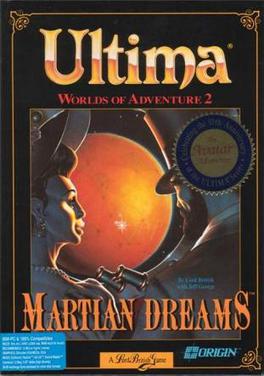Reply 80 of 101, by feipoa
- Rank
- l33t++
wrote:i just unscrewed both cables + looked inside the black endcap and u are 100% correct ! the cables are wired completely different […]
wrote:wrote:-REPLACED THE 10pin IDC- to 9pin serial connector ribbon cable!!!!!!!!!
Those serial cables can be hell. The pinout, just like PS/2 stuff, wasn't standard back then.
i just unscrewed both cables + looked inside the black endcap and u are 100% correct !
the cables are wired completely different!!!!!!!!!!!!!!
the kind that work is in an alternating pattern top row vs botom row left to right
and the ones that didnt work well they are wired complete row to complete row 12345 + 6789
how can this be??
This was mentioned previously.
wrote:Also, there are two standard pin-outs for serial cable headers that I am aware of. SiS and UMC-based PCI boards tend to use different ones. Use a multi-meter to determine where the pins are going. ..
Plan your life wisely, you'll be dead before you know it.



